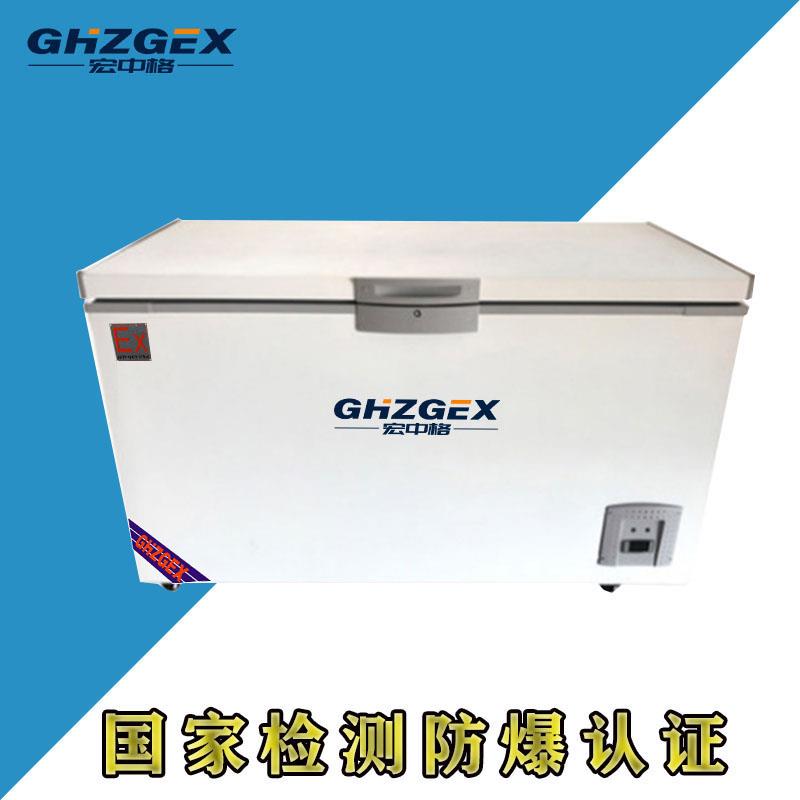Analysis of the risk points of ultra-low temperature explosion-proof refrigerator
Ultra-low temperature explosion-proof refrigerator is generally used for the freezing and storage of biologically active substances such as biological products, chemical reagents, plasma, vaccines, germs and biological samples with high added value, and has become a key equipment in the field of biopharmaceutical-related.
In general, we want to freeze biological products or bioactive substances at lower temperatures for preservation; and so on when needed to remove it for resuscitation use.
The risk points in this process may be during the cooling process and freeze:
1, in the cooling process, may lead to low temperature damage, the cell's moisture to form ice crystals, and then puncture or bloat the cell membrane, resulting in serious damage to the cell, so the cooling process rate should be perhaps fast, the cooling process should be as short as possible.
2, in the cryopreservation period need ultra-low temperature explosion-proof refrigerator should continue to run steadily, and maintain a relatively stable.
3, to be stored samples have a certain temperature sensitivity, the temperature shake has different needs, that is, the need for ultra-low temperature explosion-proof refrigerator corresponding temperature uniformity analysis.
4, switch door to take and place the impact of the sample should also be analyzed, the whole process temperature data needto be recorded.
Therefore, the following risk points can be identified: ultra-low temperature explosion-proof refrigerator cooling rate, long-term stable operation, switch door temperature shake, and temperature uniformity. For the temperature cooling rate, the shorter the shorter the possible scale, the better the refrigeration effect of ultra-low temperature explosion-proof refrigerator, high-end risk level;
The temperature uniformity inside the ultra-low temperature explosion-proof refrigerator is also the parameter that needs to be investigated, but it is not the only yi parameter, whether it is the decisive parameter depends on the properties of the sample to be preserved. If the storage temperature of a sample only needs to be below a certain threshold, then the risk level of this parameter is low, intermediate or primary, there is no need for temperature uniformity, if the storage temperature is sensitive, you can explore the sample's critical freezing temperature and tolerable limit heating rate or moment, as the storage temperature of the agreed scale deviation threshold for reference.


